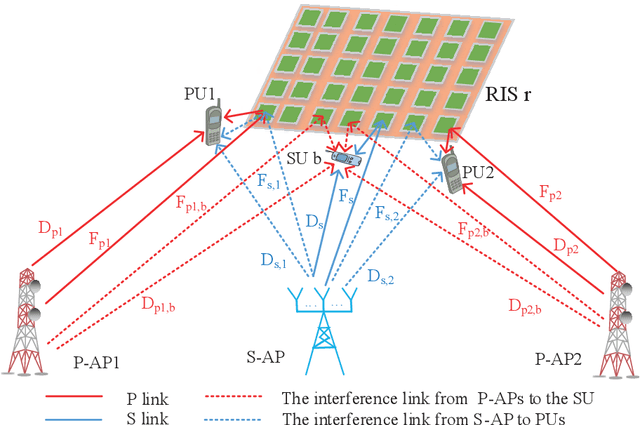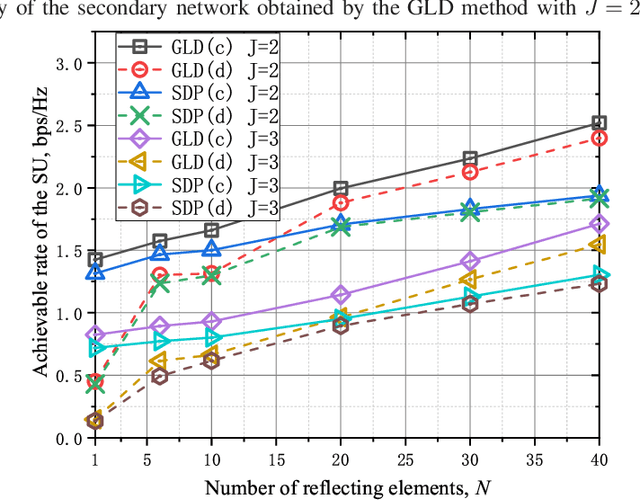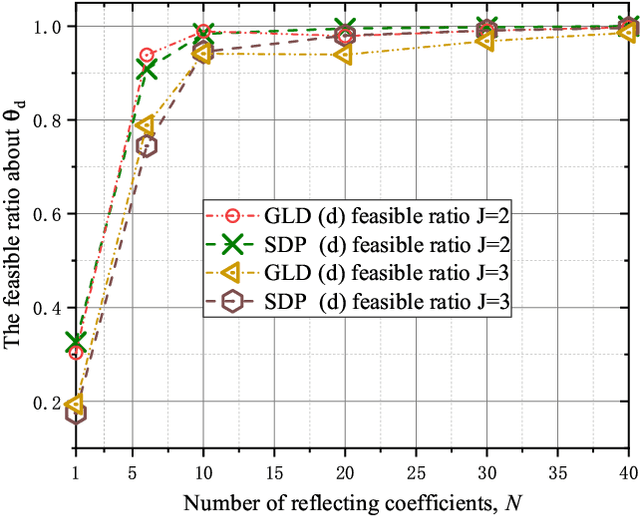Zhong Tian
Timeliness of Status Update System: The Effect of Parallel Transmission Using Heterogeneous Updating Devices
May 27, 2024Abstract:Timely status updating is the premise of emerging interaction-based applications in the Internet of Things (IoT). Using redundant devices to update the status of interest is a promising method to improve the timeliness of information. However, parallel status updating leads to out-of-order arrivals at the monitor, significantly challenging timeliness analysis. This work studies the Age of Information (AoI) of a multi-queue status update system where multiple devices monitor the same physical process. Specifically, two systems are considered: the Basic System, which only has type-1 devices that are ad hoc devices located close to the source, and the Hybrid System, which contains additional type-2 devices that are infrastructure-based devices located in fixed points compared to the Basic System. Using the Stochastic Hybrid Systems (SHS) framework, a mathematical model that combines discrete and continuous dynamics, we derive the expressions of the average AoI of the considered two systems in closed form. Numerical results verify the accuracy of the analysis. It is shown that when the number and parameters of the type-1 devices/type-2 devices are fixed, the logarithm of average AoI will linearly decrease with the logarithm of the total arrival rate of type-2 devices or that of the number of type-1 devices under specific condition. It has also been demonstrated that the proposed systems can significantly outperform the FCFS M/M/N status update system.
Reconfigurable Intelligent Surface-Aided Spectrum Sharing Coexisting with Multiple Primary Networks
Mar 01, 2022



Abstract:In the spectrum sharing system (SSS) coexisting with multiple primary networks, a well-designed reconfigurable intelligent surface (RIS) is employed to control the radio environments of wireless channels and relieve the scarcity of the spectrum resource in this work, which can realize high spectral efficiency (SE) and energy efficiency (EE). Specifically, the SE enhancement in the considered SSS is decomposed into two subproblems which are a second-order programming (SOP) and a fractional programming of the convex quadratic form (CQFP), respectively, to optimize alternatively the beamforming vector at the secondary access point and the reflecting coefficients at the RIS. The CQFP subproblem about optimizing the reflecting coefficients can be solved by the domain and envelope shrinking algorithm (DES), providing the best SE performance. Besides, a low-complexity method of gradient-based linearization with domain (GLD) is proposed for obtaining a sub-optimal reflecting coefficients for fast deployment. Considering the power consumption in the practical application of RIS-aided SSS, the EE performance of our proposed GLD method has significant gain over that of the SSS without RIS. The simulation results indicate the effectiveness of the DES algorithm and show that the GLD method improves the SE and EE performance in RIS-aided SSS with multiple primary networks.
 Add to Chrome
Add to Chrome Add to Firefox
Add to Firefox Add to Edge
Add to Edge